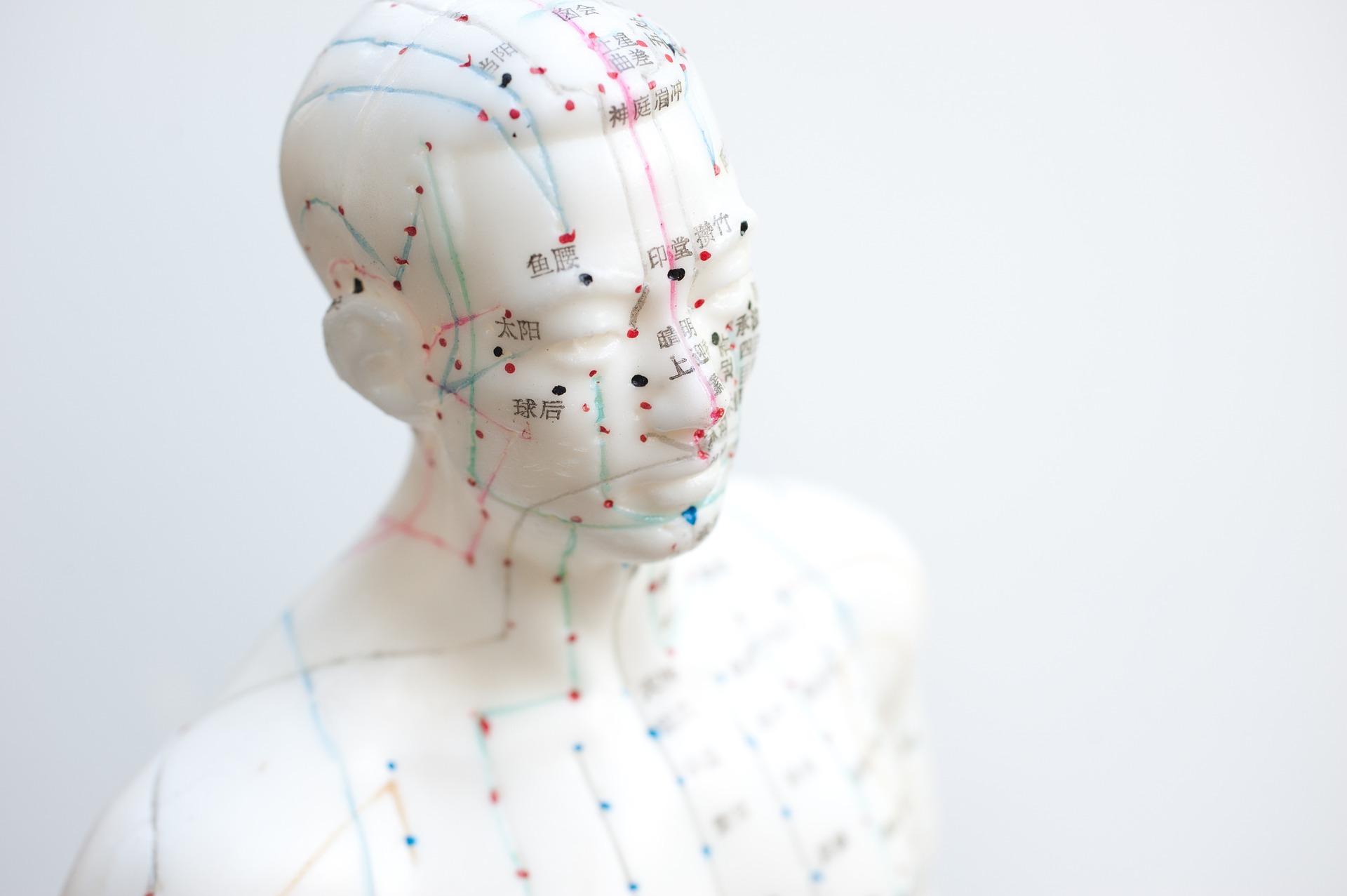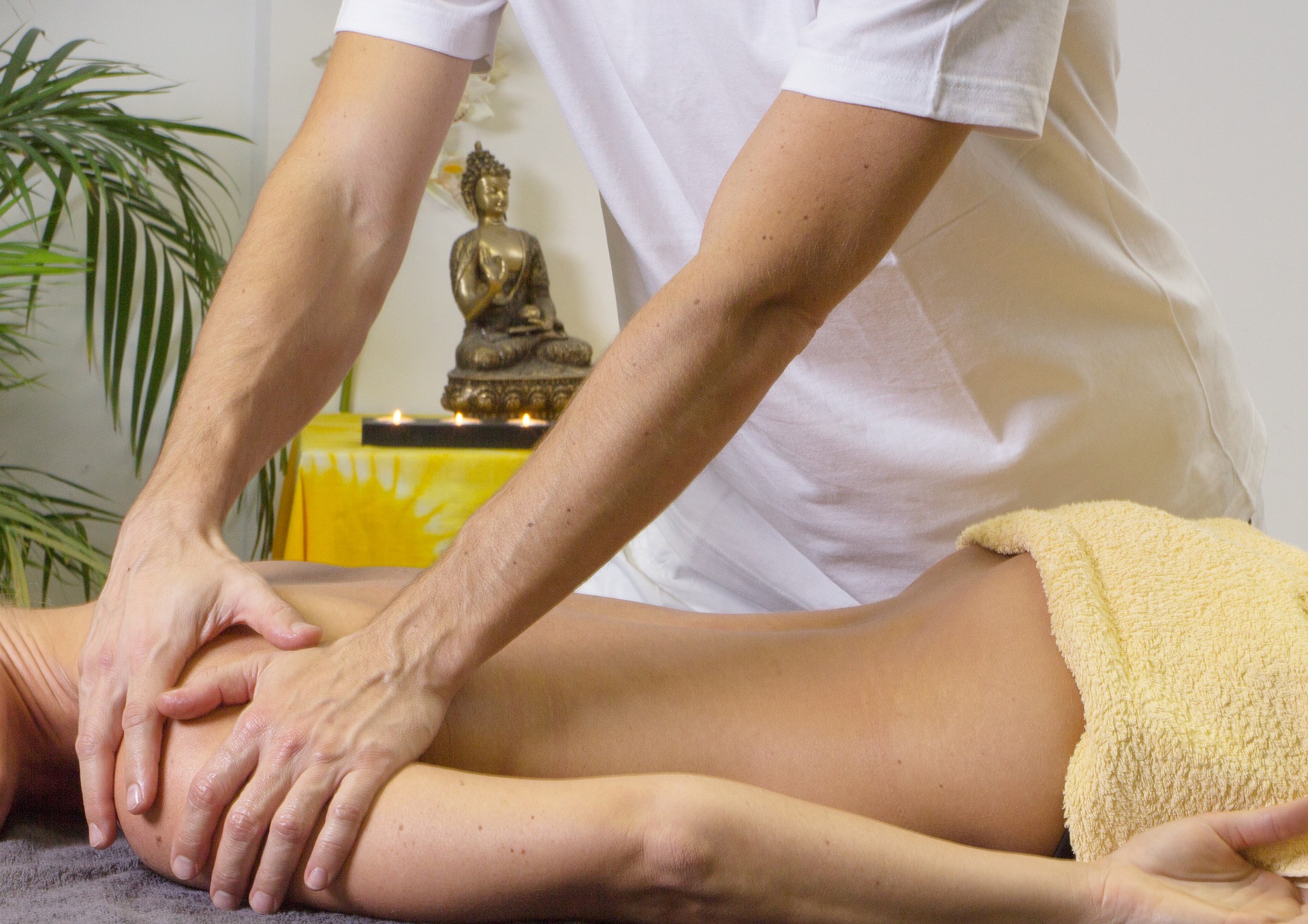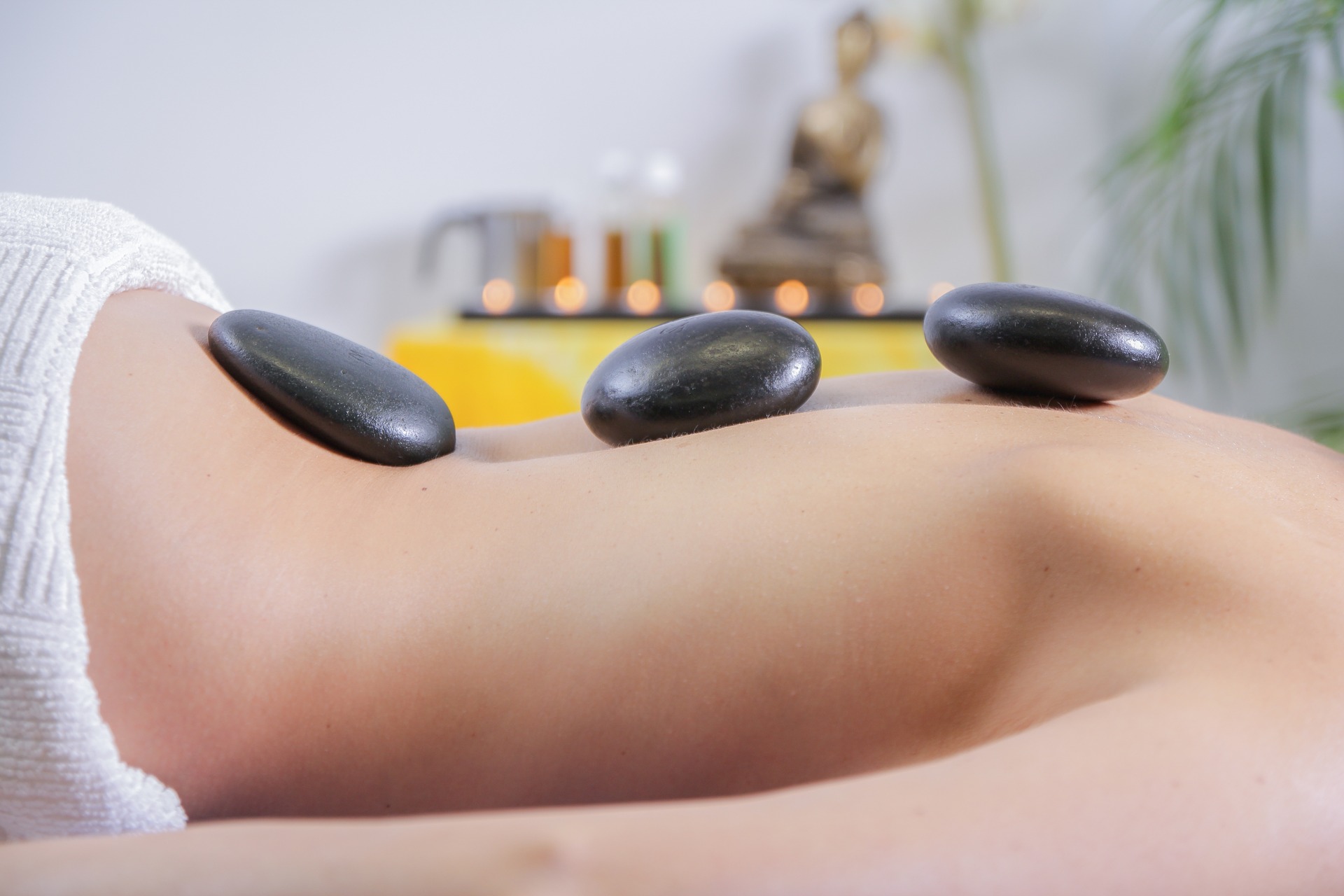Symptoms of running nose, sneezing, and watery itchy eyes that recur during specific parts of the year are a cause of much suffering of a large segment of the Canadian and U.S. population. Millions of dollars are spent on medications and the allergy shots for the treatment of seasonal allergies.
Western medicine views seasonal allergies as a form of immediate hypersensitivity reaction which occurs when anti-bodies produced by lymphocytes interact with airborne particles such as pollen. Western medicine describes the locations of lymphocytes in addition to being in the blood stream as also in Peyer’s patches in the gastrointestinal tract, spleen, lymph nodes, and bone marrow.
Interestingly in practice of acupuncture the Spleen, Stomach, and Large Intestine meridians are utilized to treat seasonal allergies a great deal. One can clearly see an overlap of Western and Chinese medical thought. Also, Chinese medical thought views sweets as being harmful to the Spleen function. Sweets are often a major factor in the persistence and intensity of seasonal allergy symptoms.
There is often a quick response when treating seasonal allergies with acupuncture. Often patients get some relief during the first visit while lying on the exam table with their acupuncture needles in place. Patients are asked to score their nose stuffiness on a zero to ten scale. Zero meaning no stuffiness at all and 10 being the worst possible stuffiness for the patient. A score may be determined before and after the acupuncture treatment. Patients can also determine the effectiveness of acupuncture treatment by tracking the number of sneezes per day and the number of itching episodes around their eyes. After an initial series of treatments, patients come in for further treatments on an as needed basis. Some patients come back in once or twice a year for a booster while others may come more often. In general, patients do better if they avoid sugar and milk in their diets. They have better and longer lasting responses. A lot of patients who failed medication and allergy shots respond to acupuncture. Patients continue with whatever standard treatments they are currently undergoing while getting acupuncture treatments. Most patients end up significantly reducing or eliminating their dependence on allergy medications.
There are many different ways of performing acupuncture, for example Traditional Chinese Medicine, Japanese, Korean, French Energetics, Worsley 5 Elements, etc. In choosing an acupuncturist the specific style a practitioner uses is not as important as the success rate a practitioner obtains with whatever style they use. Prospective patients should speak with the acupuncturist and inquire about past experience in treating seasonal allergies and their success rate.





